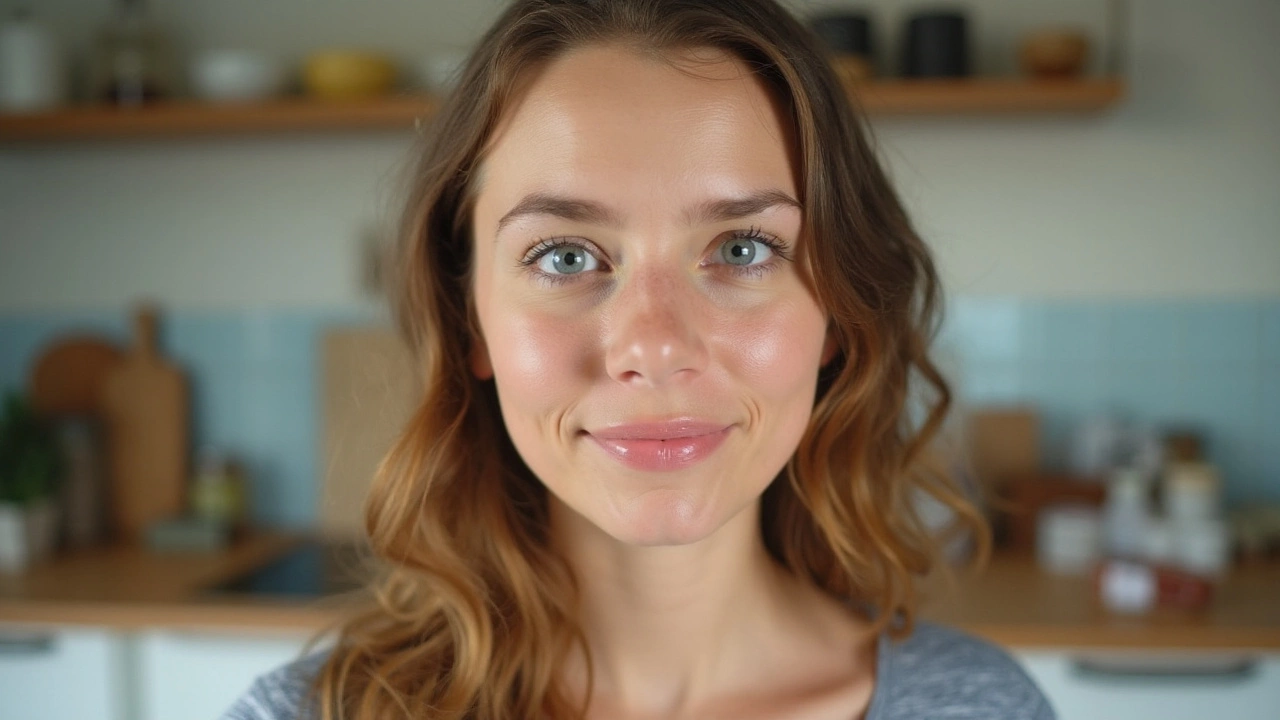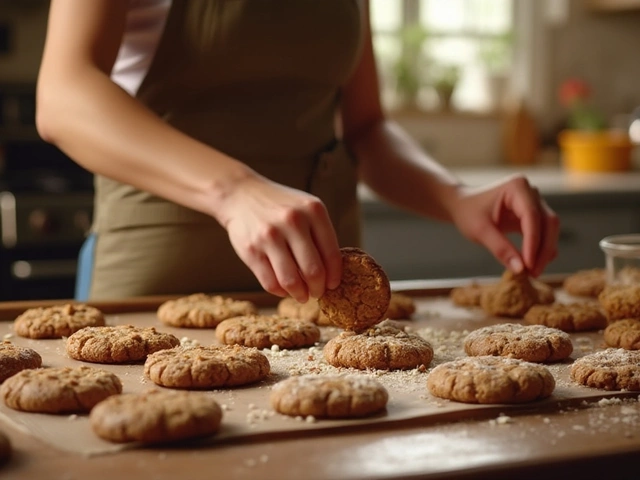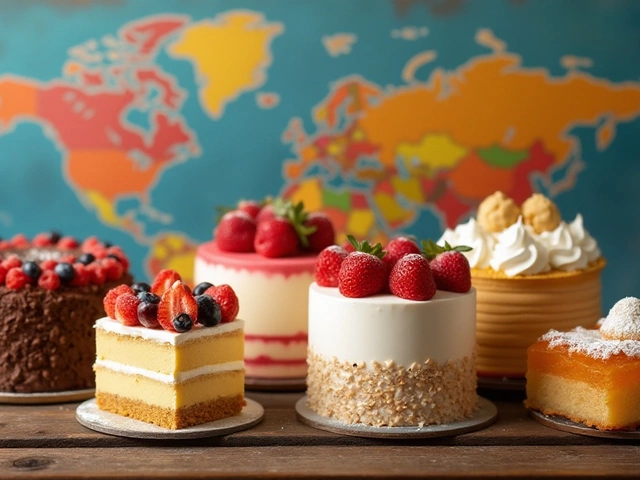Gluten Face: Simple Gluten‑Free Baking Tips & Tricks
If you’ve ever tried a gluten‑free cake that turned out flat or a batch of fudge that ended up grainy, you’re not alone. The gluten‑free world has its own set of quirks, but with a few practical moves you can get reliable results every time. Below you’ll find the most common problems and easy fixes that keep your desserts looking and tasting great.
Why Gluten‑Free Baking Can Be Tricky
Gluten is the protein that gives wheat‑based dough its stretch and structure. When you take it out, the batter loses that natural elasticity, so it often collapses or feels dense. Many gluten‑free flours also absorb more liquid, meaning you have to tweak ratios to avoid dry, crumbly outcomes. Altitude, humidity, and the type of binder you use (like xanthan gum or psyllium husk) also play a big part in the final texture.
Practical Solutions for Common Problems
Sunken cakes: If your gluten‑free cake caved in, it’s usually because the batter was over‑mixed or the oven temperature was too low. Mix just until ingredients are combined and make sure your oven is fully pre‑heated. Adding a little extra leavening—about a quarter teaspoon of baking powder per cup of flour—can give the rise you need.
Heavy, dense loaves: Swap part of the heavy flour blend for a lighter alternative like rice flour or oat flour. Incorporate a tablespoon of mashed banana, applesauce, or yogurt per cup of dry mix to add moisture without extra weight. These wet ingredients also improve crumb structure.
Grainy fudge: The secret to smooth fudge lies in temperature control. Aim for the soft‑ball stage, which is 235‑240°F (113‑115°C). Use a candy thermometer and stir constantly once you hit the target heat. If you overshoot, the sugar crystals will form and you’ll get a grainy texture.
Fudging with altitude: Higher elevations lower boiling points, so you’ll need to raise the temperature a bit—about 5°F (3°C) for every 1,000 feet above sea level. Adjusting the cooking time accordingly prevents under‑cooked fudge.
Choosing safe grains: Not all “gluten‑free” grains are created equal. Certified rice, quinoa, millet, and sorghum are reliably safe, while oats can be cross‑contaminated unless labeled gluten‑free. Keep a quick list handy so you never guess at the pantry.
Remember, the best way to master gluten‑free baking is to treat each recipe as a starting point. Play with the liquid‑to‑flour ratio, test a small batch, and note how the texture changes. Over time you’ll develop a feel for the right balance and won’t need to rely on a cookbook for every tweak.
Our tag page pulls together the most helpful guides—like how to stop gluten‑free cakes from sinking, the exact fudge temperature you need, and a full list of truly gluten‑free grains. Dive into the posts, try the tips, and share your results. Happy baking, and may your desserts be light, smooth, and completely gluten‑free!

Identifying Gluten Face: Signs and Gluten-Free Tips
Gluten face refers to the visible signs on the skin that manifest in individuals sensitive to gluten. These signs often include puffiness, redness, and blemishes, influenced by gluten consumption. Understanding the correlation between gluten intake and skin health can lead to improved skincare practices. This article explores how dietary changes can alleviate symptoms and offers practical gluten-free recipe suggestions.
View More




